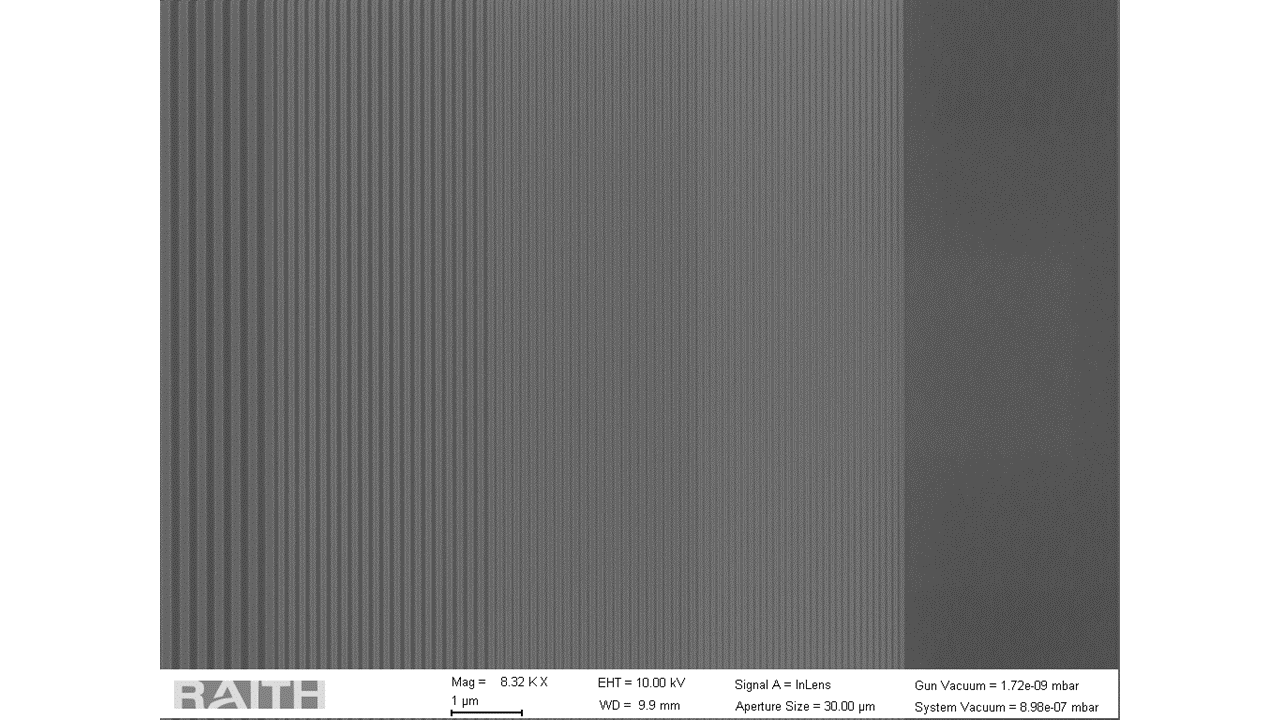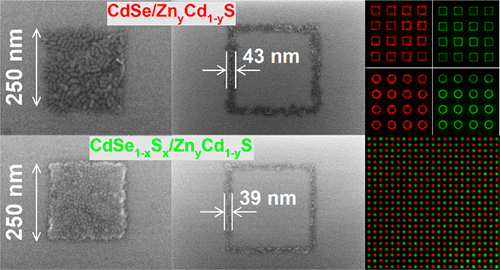
Bacterial colonization and biofilm formation on non-shedding surfaces in clinical environments—such as dental materials—pose significant health risks and economic burdens. Preventing bacterial adhesion is crucial to reducing infections associated with medical devices and oral health complications.
In this project, you will explore how bacteria stick to and grow on different engineered surfaces—an important issue in healthcare, especially for dental materials and medical devices. You will work hands-on with cutting-edge nanofabrication techniques to create specially designed surfaces that combine chemical patterns and tiny structural features. Using microbiological methods and advanced microscopy, you’ll study how different bacteria interact with these surfaces under various conditions, such as changes in ionic strength or presence of biomolecules. Your goal will be to understand what makes some surfaces better at preventing bacterial colonization and biofilm formation. This interdisciplinary project combines microbiology, materials science, and surface engineering, providing valuable experience in laboratory techniques, data analysis, and problem-solving relevant to real-world healthcare challenges.
Scope of the tailorable Work
1- Literature review on bacterial adhesion mechanisms, biofilm formation, and surface modification strategies.
2- Fabrication and characterization of biphasic nano-textured surfaces with controlled chemical patterns.
3- Preparation of charge-amplified and structurally modified substrates at the submicron- and nanoscale.
4- Experimental analysis of bacterial docking behavior on varied surfaces using relevant strains and environmental conditions.
5- Microscopic and spectroscopic techniques for surface and biofilm characterization.
6- Assessment of the influence of biomolecules, ionic strength, and bacterial metabolic states on adhesion.
7- Comparison of adhesion suppression efficiencies between biphasic chemical patterns and charge-structured surfaces.
8- Development of guidelines and a roadmap for designing surfaces resistant to bacterial colonization in clinical settings.
We offer you a versatile and interesting challenge in an international working environment and integration in our projects:
- Insight into the processes of scientific documentation and data management
- Collaboration within a friendly and supportive team
- Flexible working
The scope of the topic can be adapted to fit the available time frame and requirements, whether for a Master’s or Diploma thesis, project work, lab rotation, or similar formats.







Bacterial colonization and biofilm formation on non-shedding surfaces in clinical environments—such as dental materials—pose significant health risks and economic burdens. Preventing bacterial adhesion is crucial to reducing infections associated with medical devices and oral health complications.
In this project, you will explore how bacteria stick to and grow on different engineered surfaces—an important issue in healthcare, especially for dental materials and medical devices. You will work hands-on with cutting-edge nanofabrication techniques to create specially designed surfaces that combine chemical patterns and tiny structural features. Using microbiological methods and advanced microscopy, you’ll study how different bacteria interact with these surfaces under various conditions, such as changes in ionic strength or presence of biomolecules. Your goal will be to understand what makes some surfaces better at preventing bacterial colonization and biofilm formation. This interdisciplinary project combines microbiology, materials science, and surface engineering, providing valuable experience in laboratory techniques, data analysis, and problem-solving relevant to real-world healthcare challenges.
Scope of the tailorable Work
1- Literature review on bacterial adhesion mechanisms, biofilm formation, and surface modification strategies.
2- Fabrication and characterization of biphasic nano-textured surfaces with controlled chemical patterns.
3- Preparation of charge-amplified and structurally modified substrates at the submicron- and nanoscale.
4- Experimental analysis of bacterial docking behavior on varied surfaces using relevant strains and environmental conditions.
5- Microscopic and spectroscopic techniques for surface and biofilm characterization.
6- Assessment of the influence of biomolecules, ionic strength, and bacterial metabolic states on adhesion.
7- Comparison of adhesion suppression efficiencies between biphasic chemical patterns and charge-structured surfaces.
8- Development of guidelines and a roadmap for designing surfaces resistant to bacterial colonization in clinical settings.
We offer you a versatile and interesting challenge in an international working environment and integration in our projects:
- Insight into the processes of scientific documentation and data management
- Collaboration within a friendly and supportive team
- Flexible working
The scope of the topic can be adapted to fit the available time frame and requirements, whether for a Master’s or Diploma thesis, project work, lab rotation, or similar formats.





